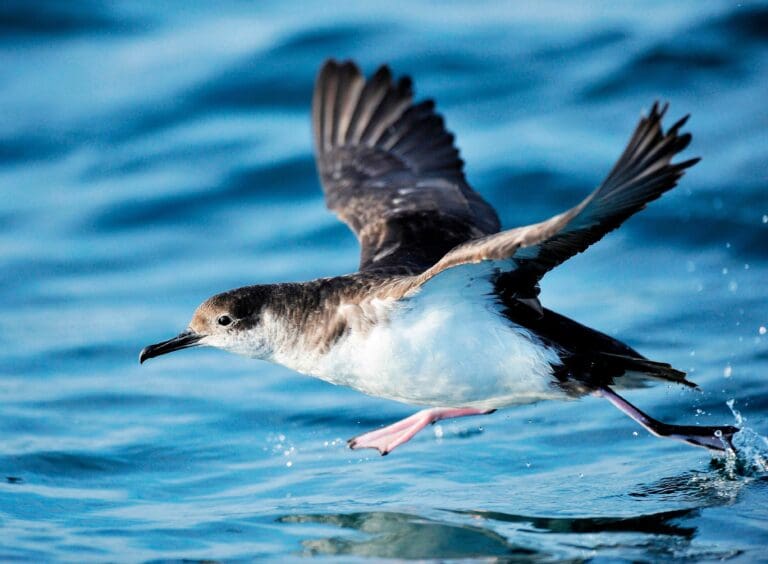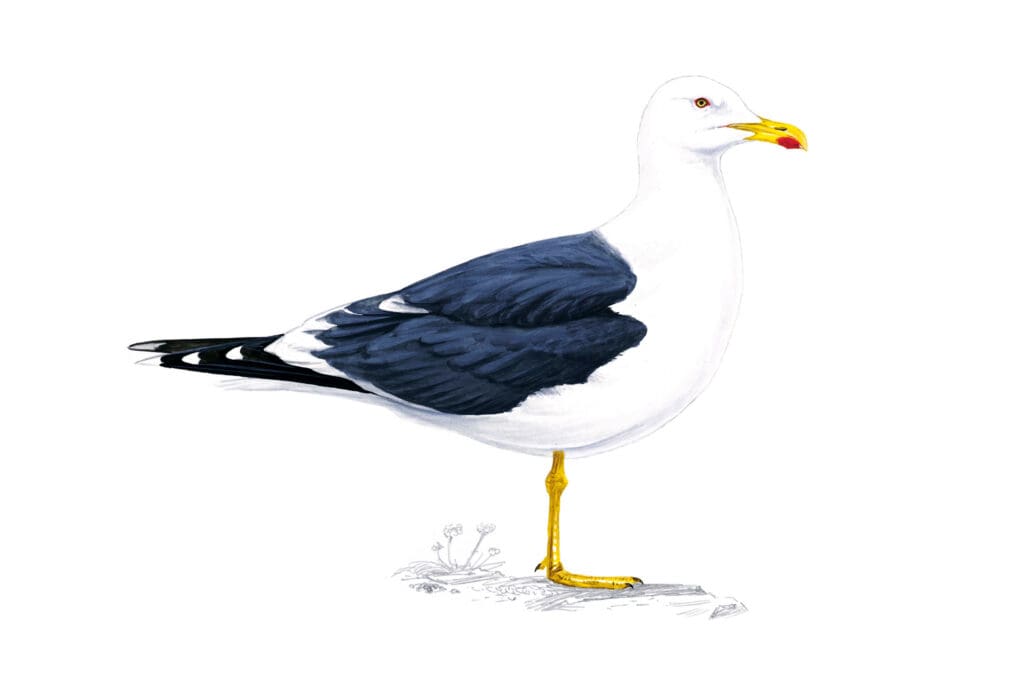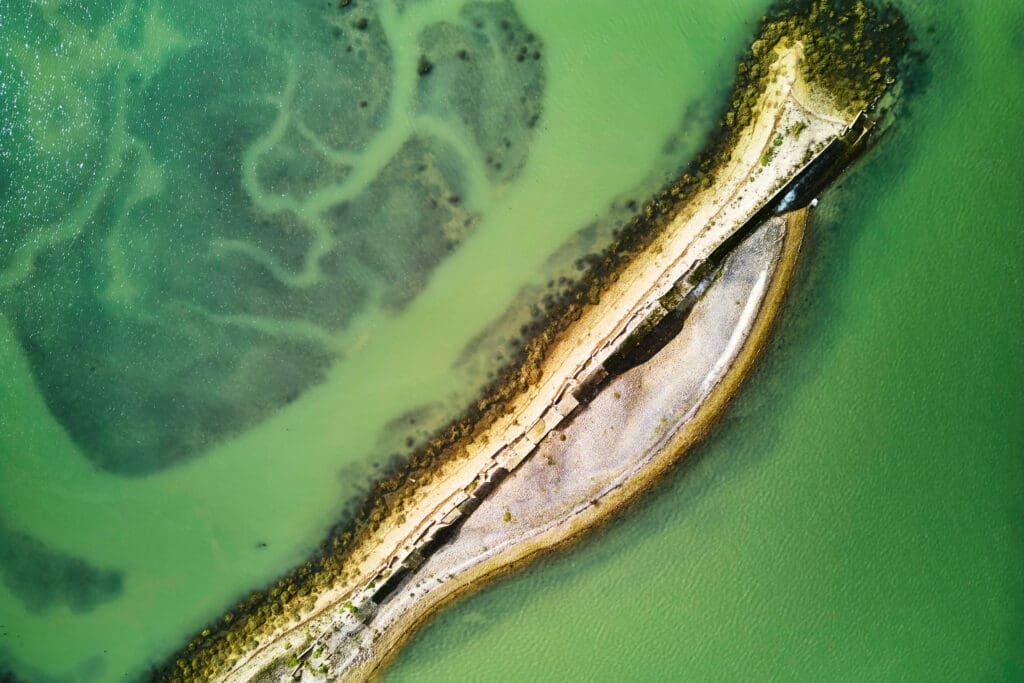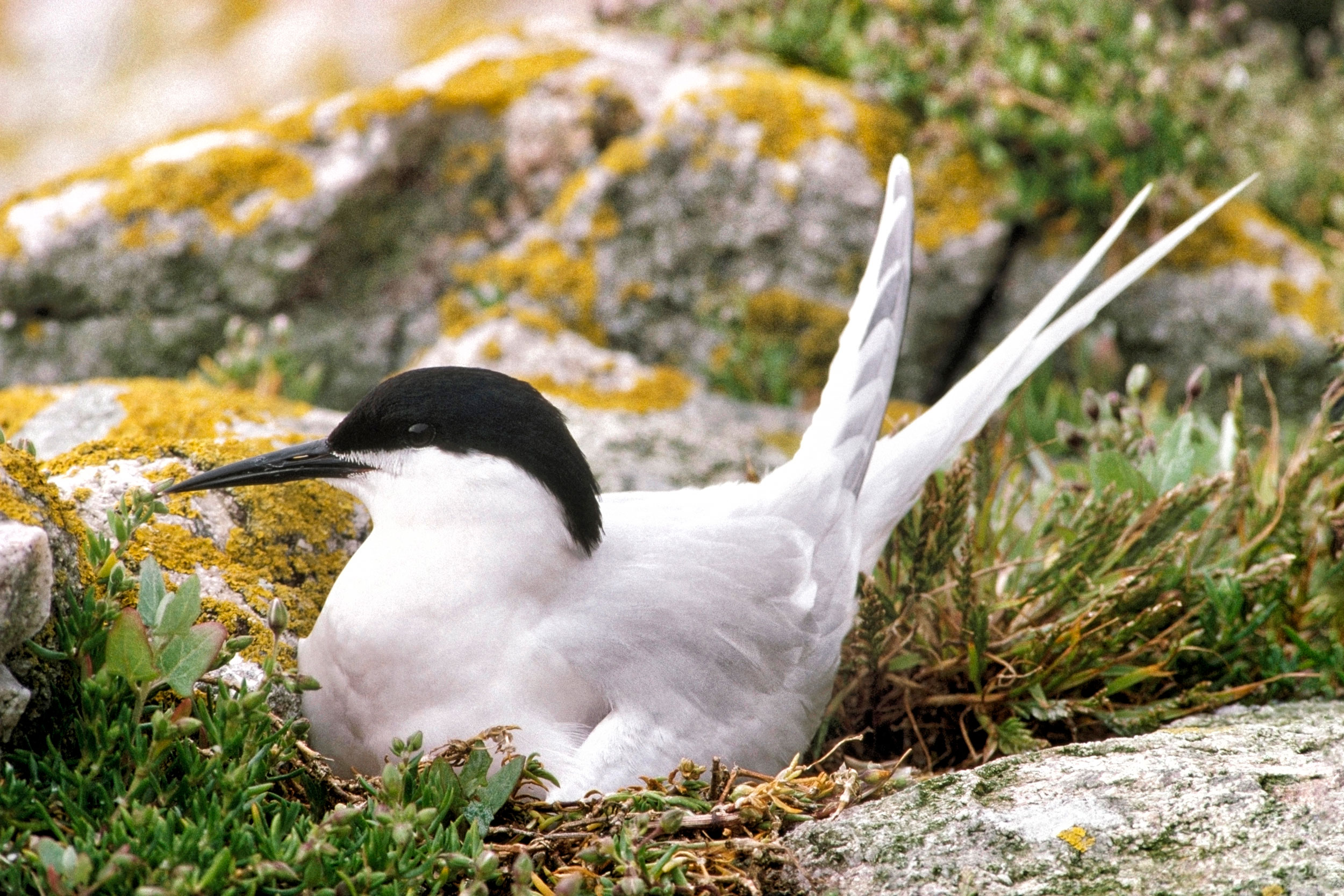The fortunes of 25 seabird species regularly breeding in the UK, Ireland, the Isle of Man and Channel Islands have been revealed in the latest seabird census. Based on surveys undertaken between 2015 and 2021, led by JNCC with partners including the RSPB, Seabirds Count reveals mixed fortunes. Find the book at lynxeds.com, and enter ‘SBC_RSPB’ for a discount.
11 out of 21 [seabird species] have declined since the last census published in 2004
More than 50% of seabird species declined. For species where there is confidence in their trends, 11 out of 21 have declined since the last census published in 2004
49% decrease in numbers of Common Gulls since the previous survey. Scotland, followed by Ireland, hosts the largest proportion of the British Isles’ populations
8% of the global population of Puffins live in the British Isles. Puffin numbers declined in the majority of comparable sites surveyed in the census
The British Isles hold the majority of the world’s breeding Manx Shearwater, Gannet and Great Skua population
More than 30% of the North Atlantic, and in some cases global population, of 10 seabird species breeds in the British Isles
152% increase in numbers of Roseate Terns since the last census, thanks to rat eradication programmes and nest-site protection work. However, this species remains very rare and has since been severely affected by bird flu, with an estimated 2,000 pairs confined to a few colonies around these islands
Watch the live webcam at Coquet Island this spring to see the nesting Roseate Terns and visiting Puffins. Webcam on the North Terrace. Video: the RSPB
Watch the live webcam at Coquet Island this spring to see the nesting Roseate Terns and visiting Puffins. Webcam on top of the hide. Video: the RSPB

Seabird solutions
Together we can find solutions to protect wildlife from disease. The danger posed by wildlife diseases is real and intensifying, and with new threats on the horizon we need to take action now. Find out how you can help support the RSPB’s three-point plan to tackle wildlife disease below.

Manx Shearwater. Photo: Nature Picture Library (Alamy Stock Photo)
Listen to this feature here:
You might also like

How to identify adult gulls

Medmerry & Pagham Harbour



